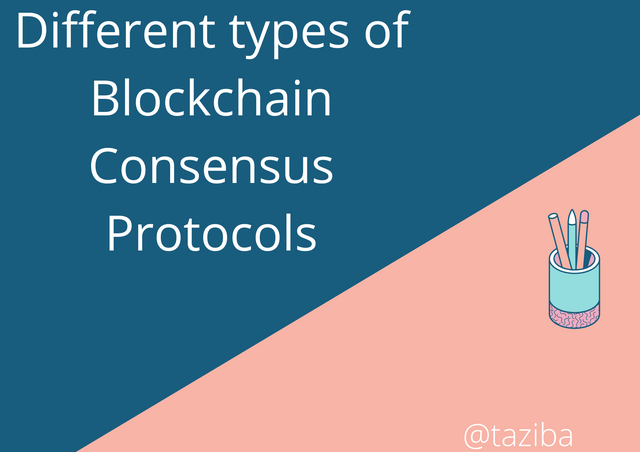
Questions
What is the difference between PoW & PoS? Advantages & Disadvantages? Which one is better in scaling Capacity? Examples?

1.) Difference Between Proof-of-Work and Proof-of-Stake
For us to know the characteristics that distinguish Proof-of-Work from Proof-of-Stake, we first need know their working principles.
Proof-of-Work
The Proof-of-Work protocol works in the sense that miners can mine and get rewards from a block through solving cryptographic puzzles. When the solving is ratified, it is then recorded on the ledger and added to the Blockchain. Proof-of-Work is done in order for nodes on the Blockchain to record honest transactions and to prevent hackers or malicious nodes from gaining from the pool.
Proof-of-Stake
In this protocol, nodes or operators in the Blockchain are allowed to mine and get rewards from the block and their transactions will ratified provided that they possess an amount of the digital currency of the Blockchain. The possession of the digital currency will serve as the "stake" and since this is what will be used to get rewarded, the higher the stake, the higher the rewards.
Now that we've cleared the air on what PoS and PoW are, unto the differences.
Differences
| Proof-of-Work | Proof-of-Stake |
|---|---|
| High energy consumption | Low energy consumption |
| Complex puzzles are being solved to get rewards | Rewards are gotten based on the amount of "stake" a node possesses |
| GPU is needed | GPU is not needed |
| It is very costly | it is less costly |
| It is not energy efficient | it is energy efficient |
| Investment in PoW is made to get hardware for mining | Investment in PoS is made to get more stake in order to get more rewards from the block. |
| Rewards can be mined from a pool | Rewards are not mined from a pool but rather the block. |

2.) Advantages and Disadvantages
Advantages of PoW
- It is costly and this makes it hard for attackers to easily gain rewards.
- Since it is based on the mathematical puzzles a nodes solves, it gives an opportunity for nodes without stake to gain rewards.
Disadvantages of Proof-of-Work
- The energy consumed is very much high and can be harmful to the environment.
- It does not favour nodes with poor processing system.
Advantages of Proof-of-Stake
- It is very energy efficient
- It encourages more people to hold more tokens.
- Expensive equipment is not needed for mining of coins.
Disadvantages of Proof-of-Stake
- It does not favour those that possess smaller stake in the Blockchain.
- Due to multiple verification, hackers can use the opportunity to duplicate their stake and earn undeserved rewards.

3.) PoW vs PoS: Scaling capacity
Firstly, What is scaling capacity(scalability)?
Scalability is the ability of a program to resize in order to accommodate processes and transactions running through it.
From this definition, I can say the Proof-of-Stake (PoS) system is more scalable compared to the Proof-of-Work system because it takes lesser time for a transaction to be validated in the PoS system. Besides that, the security I better in the Proof-of-Stake system as hackers can only get 51% of the reward and that is of no use to them.
 .
.
Examples
| PoW | PoS |
|---|---|
| Bitcoin | Neo |
| Ethereum | Binance Coin |
| Litecoin | Cardano |
| Monero | Solana |
| Ethereum Classic | Cosmos |
| Bitcoin SV | Decred |

Conclusion
Proof of Work is a consensus in which miners have to work to get rewarded from the pool by the solving of complex mathematical puzzles while Proof of Stake is the consensus in which miners get rewarded provided they possess a good amount of stake. Proof-of-Stake can be said to be better and more advantageous compared to Proof-of-Work considering the fact that it takes less energy and relieves the stress on the planet. A very interesting topic indeed and i would love to learn more in the next lecture and I hope it was a nice read. Thank you and good bye.
CC: @sapwood